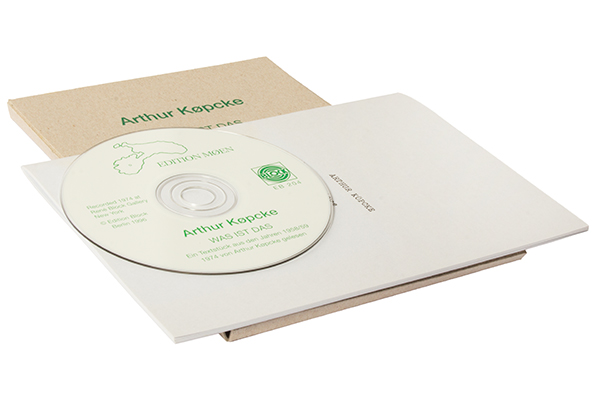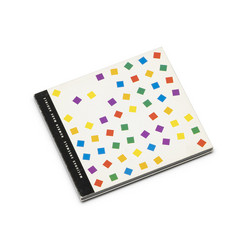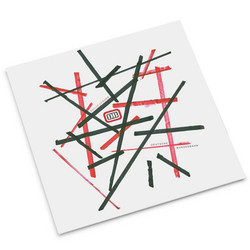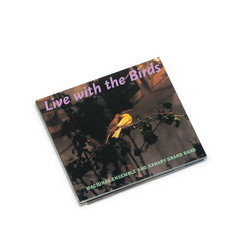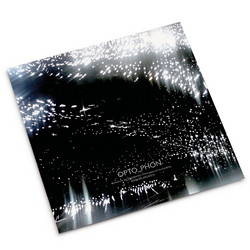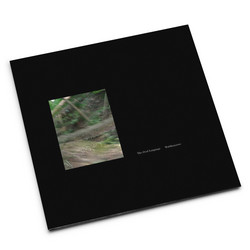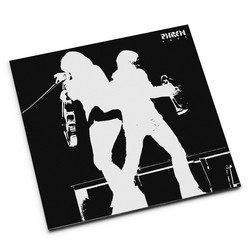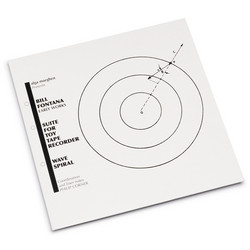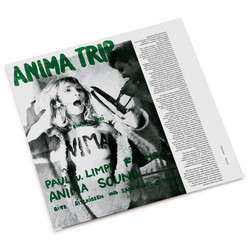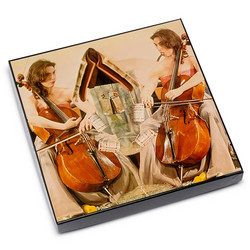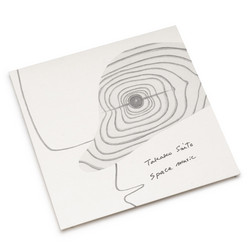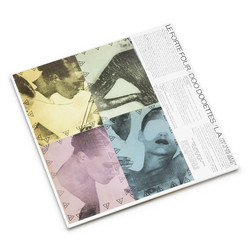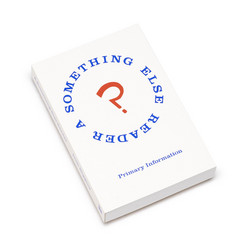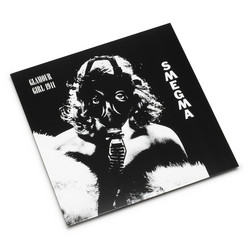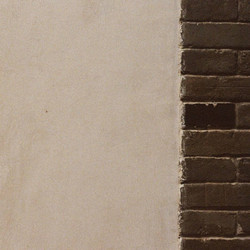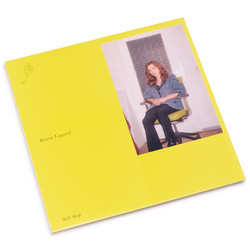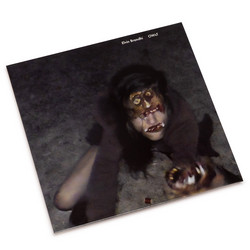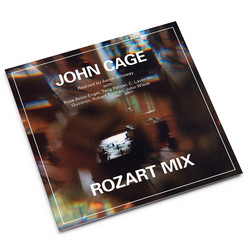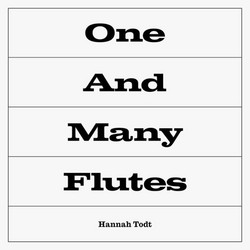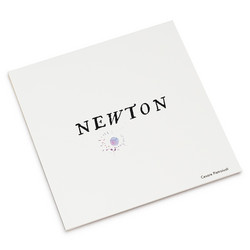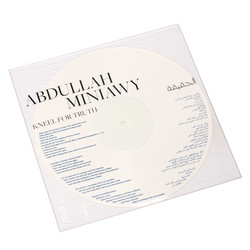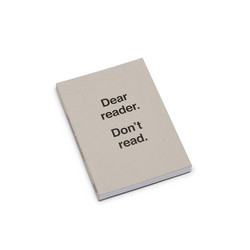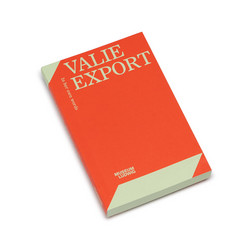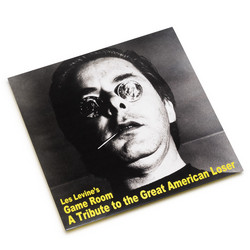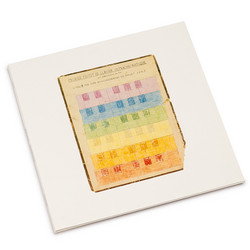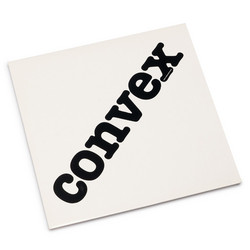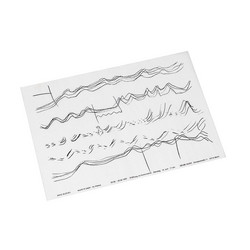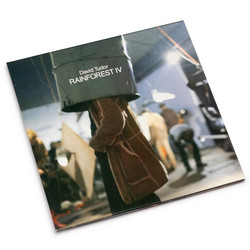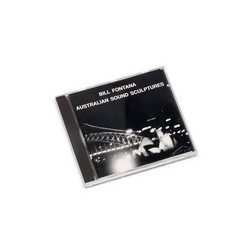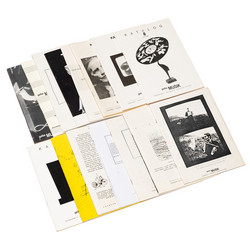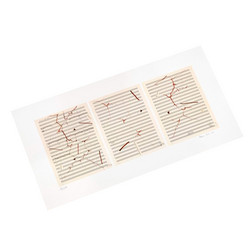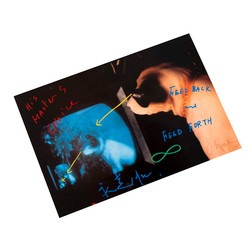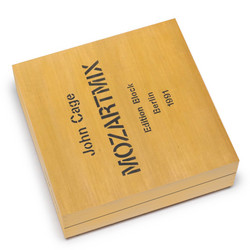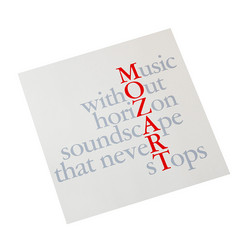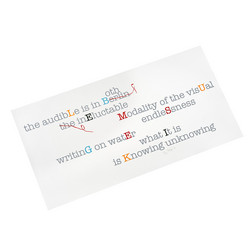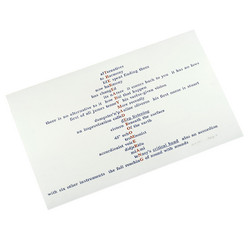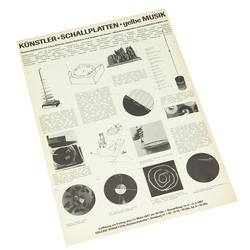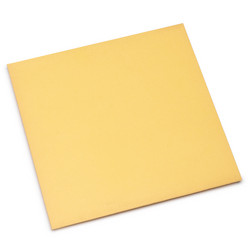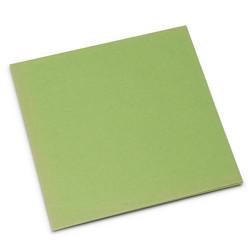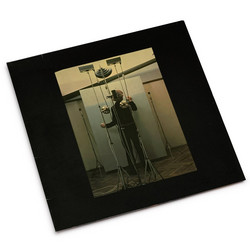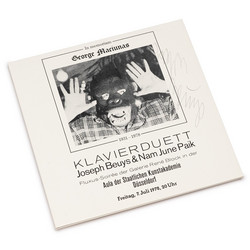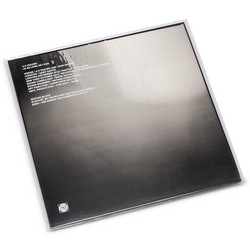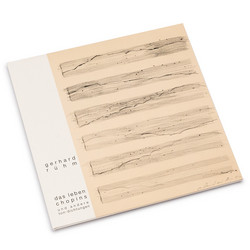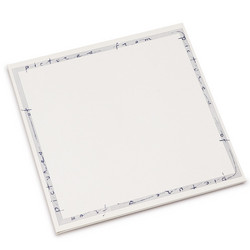Arthur Köpcke (1928-1977) was one of the most relevant German Fluxus artists, a self-taught visionary whose life and work embodied the movement's radical fusion of art and life. In his famous quotation ("I think every night about Addi Køpcke, Joseph"), Joseph Beuys expressed his respect for Köpcke as both person and artist, underscoring the importance of a figure who died in 1977 at the young age of 49. Was Ist Das - Piece No. 2 is a complex fusion of music, poetry, and visual art, representing what is most characteristic of the Fluxus movement: the destruction of barriers between disciplines. Between 1963 and 1965, the key work reading/work-pieces-manuscript emerged, marking a turning point in Köpcke's oeuvre. While up until this point the artist had taken up impulses from outside, from this moment he began creating his own unforgettable style that transported the thematic core of Fluxus without adopting its typical layout.
Born in 1928, Köpcke's life was marked by the questioning of his very existence and surroundings. Traumatic experiences at the end of World War II left him with the sensation of living in a permanent state of emergency. When he failed to make a living from his art in the 1950s, he discovered like-minded individuals in the international Fluxus movement, which had the fusion of art and life as its goal. An issue was no longer creating works to be sold, but making art that fed on everyday life. The focus was on the customary not the exotic, the event not the pose, the process not the artwork.
Köpcke seemed to direct his entire attention towards the media image and the consumer articles of his time, developing a new respect for things otherwise only perceived in passing. He ironically and humorously reflected upon mass-produced items in his collages and montages, developing them into something else. By integrating written elements into his images, later having his texts read, and then releasing recordings of readings, he emphasized the importance of the relationship of text to image. Characteristic for his visual language was the alternating use of empty spaces and textual or visual signs. With textual and visual questions and instructions ('Fill: With Your Own Imagination') he tried to remove the beholder from a passive attitude.
This rare edition documents Piece No. 2 as recorded in 1974 at René Block Gallery in New York. The CD and a 20-page booklet containing a reprint of the typewritten and edited text are packaged in a 21.5 cm x 15.5 cm x 1 cm cardboard box. Numbered edition of 500 copies.
Köpcke inspired Danish art with his own actions and by promoting new currents. This release preserves a crucial document of one of Fluxus's most uncompromising voices—an artist who lived the movement's ideals and paid the price for his commitment to dissolving the boundaries between art and existence. Absolutely essential.
